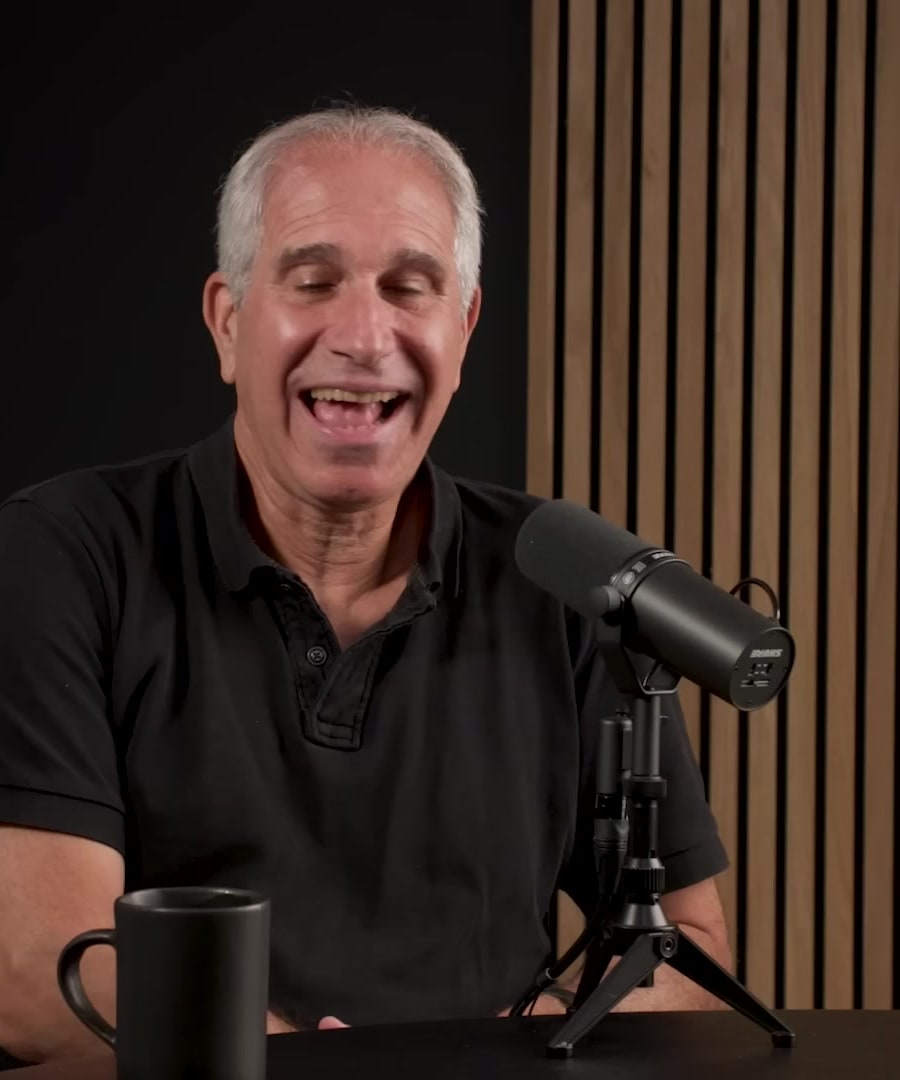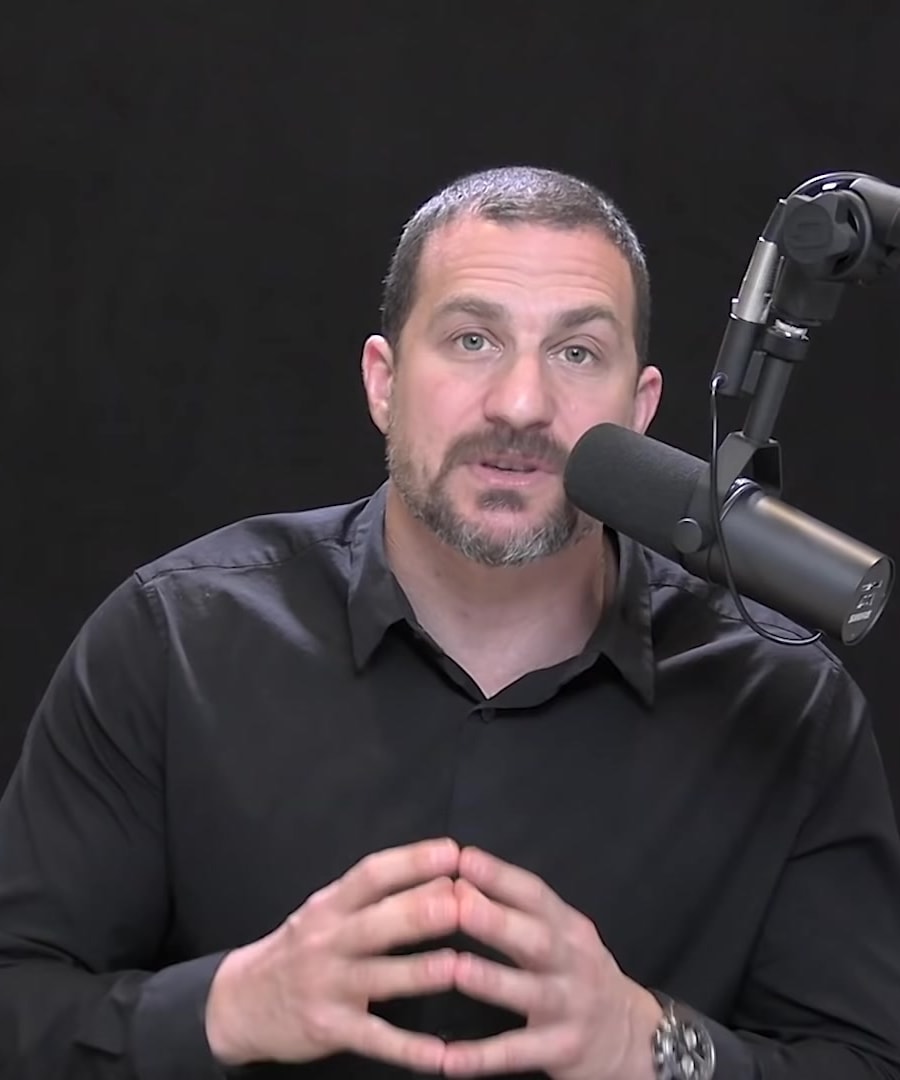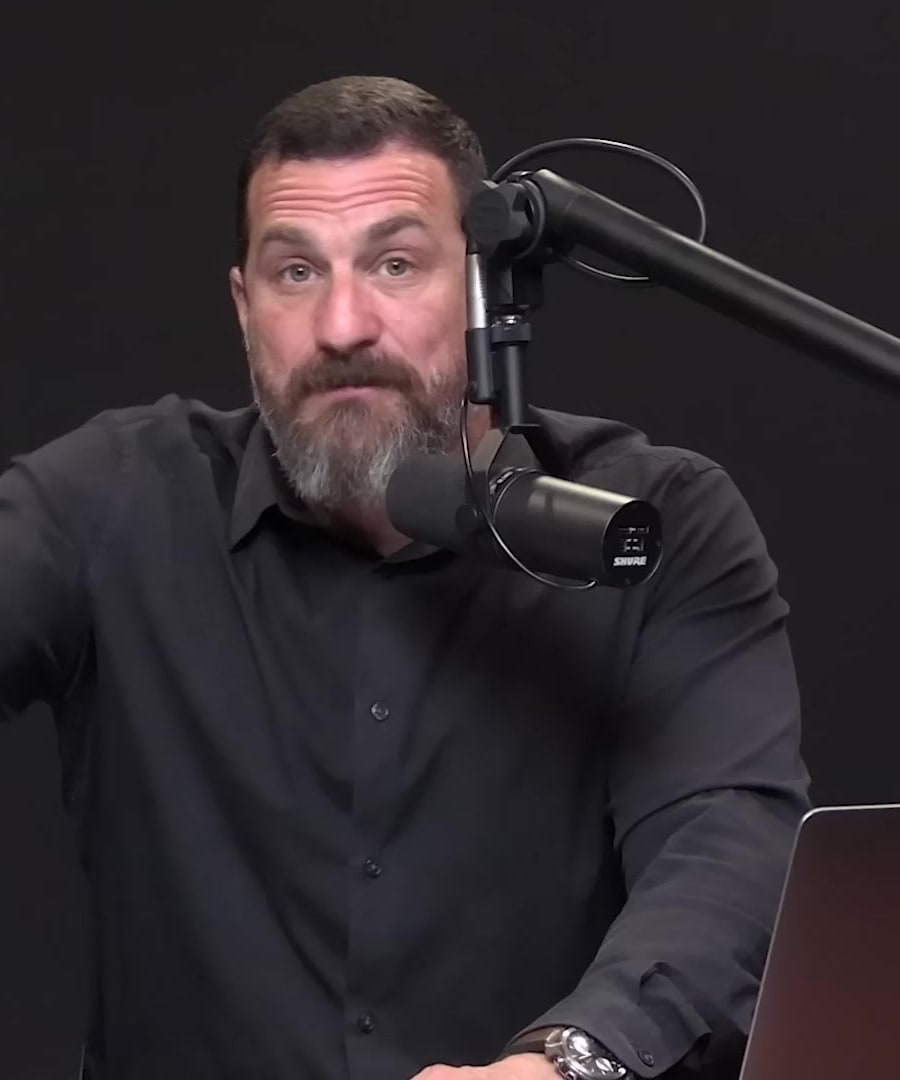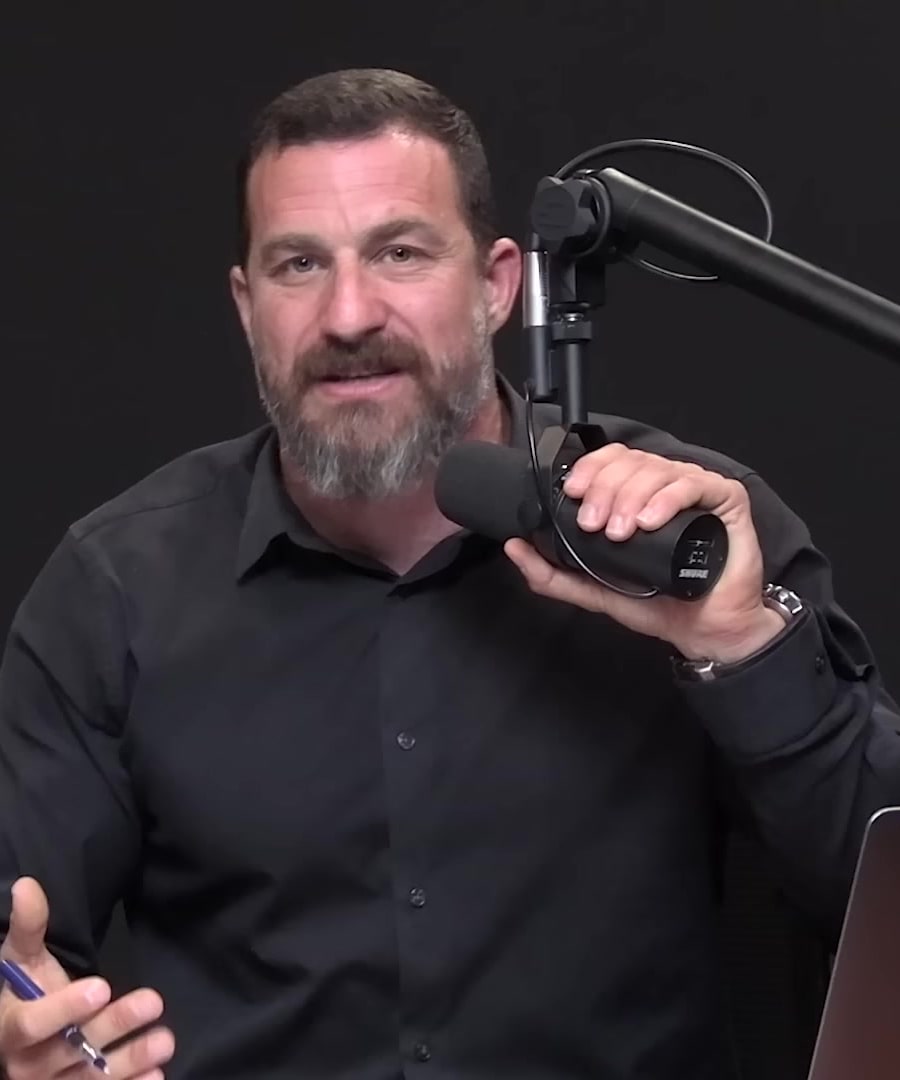How do reward systems work?
Sources:
The reward system, also known as the reward pathway, is centered around dopamine, a neurotransmitter playing a crucial role in driving our motivation, desire, and pursuit of rewards. This pathway chiefly involves the ventral tegmental area (VTA) and the nucleus accumbens, which are engaged when we anticipate or receive rewards. Context and personal history also significantly impact how this system functions.
For example, a small piece of a donut might trigger as much reward activation as a whole donut, depending on your experiences and appetite for donuts 1. The prefrontal cortex, situated behind the forehead, acts as a regulator or brake on the dopamine system, preventing us from being purely pleasure-seeking 2.
This reward pathway encourages us to take action, and the dopamine levels rise as we engage in activities that advance us toward a goal, not just when we achieve it 3. Continuous dopamine release powers us through challenges, bringing motivation and focus. Our brains also learn by parsing the steps between wanting and receiving, creating a 'scoreboard' to guide future behavior 4.
Understanding the nature of dopamine—a molecule that spikes when we crave something and then drops, motivating us to fulfill that craving—is key. This process fuels action and movement, which are innate to the dopamine system’s function in driving desires and pursuits 5.
In sum, the reward system integrates desire, memory, context, and learning through complex but elegantly designed neural circuitry, making sense of motivation, addiction, and means to overcome procrastination 5 2.
RELATED QUESTIONS




